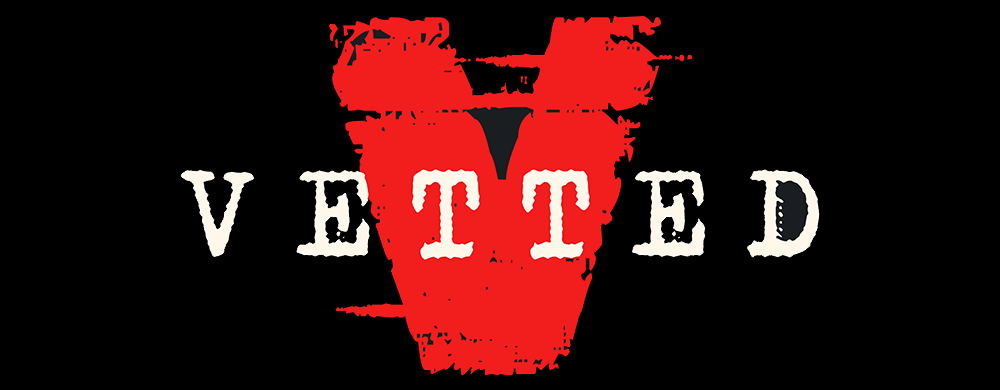Jesse Michels Reveals Shocking UFO Secret
If there’s one story that has set social media and conspiracy circles abuzz, it’s the Wall Street Journal’s recent approach to the UFO phenomenon—and what’s being left out of the mainstream narrative. Whether you’re a dedicated “UAP” watcher, a casual observer, or just curious about what’s happening in the world of secret government programs, there’s more to this saga than a casual headline would reveal. This isn’t only about UFOs—it’s about transparency, accountability, and who gets to decide what the public is allowed to know. So, let’s dig in.
The Wall Street Journal Exposé: What You Didn’t See
When the Wall Street Journal published a story suggesting the US government has covered up information about UFOs for decades, ears perked up everywhere. But, as Patrick from Vetted and Jesse Michaels from American Alchemy point out, there’s a lot more beneath the surface. The real bombshell isn’t just in the details of that piece—but in what was intentionally left out.
We’ve learned that a significant op-ed penned by Carl Nell—an Army UAP task force insider who has deep roots in military technology modernization—was scrapped at the last minute by the WSJ’s opinion section. Not only that, but this article had the backing of a former presidential cabinet member as co-author. The piece expressed clear frustration at the government’s insular handling of UFO programs, lamenting the lack of civilian oversight. If that alone doesn't scream “publish me,” what would?
The Gatekeepers of Mainstream Coverage
It gets stranger. Jesse Michaels shared that, in advocating for the op-ed’s publication, he encountered sympathetic editors who, despite their interest, claimed they were powerless to push the article through. The real decision-maker behind UFO stories at the Journal, according to Michaels, is astrophysicist Dr. David Spurgle—an advisor known for his staunch skepticism, chalking up unexplained phenomena to “space trash,” reflections, and atmospheric quirks. This institutional skepticism echoes the language of past high-clearance debunkers, like Donald Menzel in the 1950s, who dismissed sightings held under government secrecy.
But why, if there is “nothing to see here,” is the Journal stonewalling credible figures like Nell and former cabinet members from even stating their case in an op-ed (which, by definition, is outside the journal’s own editorial line)? Even more curious: not only was Nell’s piece rejected, but the Wall Street Journal quickly published another, considerably more dismissive article, spending months on the piece but showing little interest in alternative perspectives or new evidence.
Culture of Silence or Coordinated Suppression?
So, what’s really going on? Is it all just an editorial judgment, or does this reflect a larger reluctance within big media to take the UAP issue seriously? Even on Capitol Hill, as more officials (like David Grusch, another whistleblower) try to come forward, they often find their pieces blocked or ignored. This points to a pattern: stories drawing on first-hand accounts and institutional knowledge repeatedly hit an invisible wall—sometimes despite interest from individual editors or journalists.
Some might chalk this up to the risk-averse nature of major publications. After all, UFOs are a fraught topic with a long history of ridicule. But when op-eds co-authored by cabinet-level officials don’t even make it past the first hurdle, it raises red flags about the power dynamics at play. Preventing open discussion—especially when one side is already heavily promoted—runs counter to the journalistic ideal of airing both viewpoints and letting the facts fall where they may.
Why Transparency Matters in the UAP Debate
Whether or not you believe in interstellar visitors or secret government tech, the process by which these stories are managed matters. Censorship—or even a subtle editorial bias—creates an environment where the wildest speculation flourishes in the absence of sunlight. As the transcript points out, if there really is “nothing to see,” then why not let experts and whistleblowers present their evidence? Why not publish both the skeptical analyses and the accounts of those who believe there’s more to the story?
In a world where trust in media is low, especially on extraordinary topics, fairness and open debate matter more than ever. As more revelations trickle out—sometimes reaching the public only through YouTube channels and independent journalism—a troubling question lingers: Who benefits from controlling the narrative, and at what cost to public understanding?
The Broader Issue of Media Censorship
Patrick’s commentary highlights another important point—the struggle to find “fair and balanced reporting” isn’t just a problem with legacy media. He notes how opinion-driven content is seeping into YouTube and social media as well, thanks to tighter resources and changing priorities. As a result, audiences must actively seek out multiple sources and viewpoints just to get a sense of the full picture.
It’s not about forcing people to believe in UFOs—it’s about maintaining an environment where people can hear all sides and make up their own minds. Otherwise, skepticism only turns to cynicism, and critical voices—no matter how credible—stay locked out of the public conversation.
A Call for Openness: Let the Evidence Speak
If you’ve read this far, you might be nodding your head. Maybe you’re shaking your fist at the lack of transparency, or maybe you’re just curious what really happened to that buried op-ed.
The takeaway is simple: The truth, especially about major issues like government secrecy on UFOs, can’t emerge in a vacuum—or worse, under a cloaked veto by unseen gatekeepers. Let the evidence—and the people presenting it—speak for themselves. Allow mainstream publications to publish op-eds from credible, involved figures. Let both sides have their day in the spotlight, and let readers make up their own minds.
The conversation is far from over. As new parts of this story unfold—and as independent creators keep digging—we must keep pushing for open debate and real transparency. Every day is a gift, and that includes the right to know what’s really going on in the skies—and behind the headlines.
